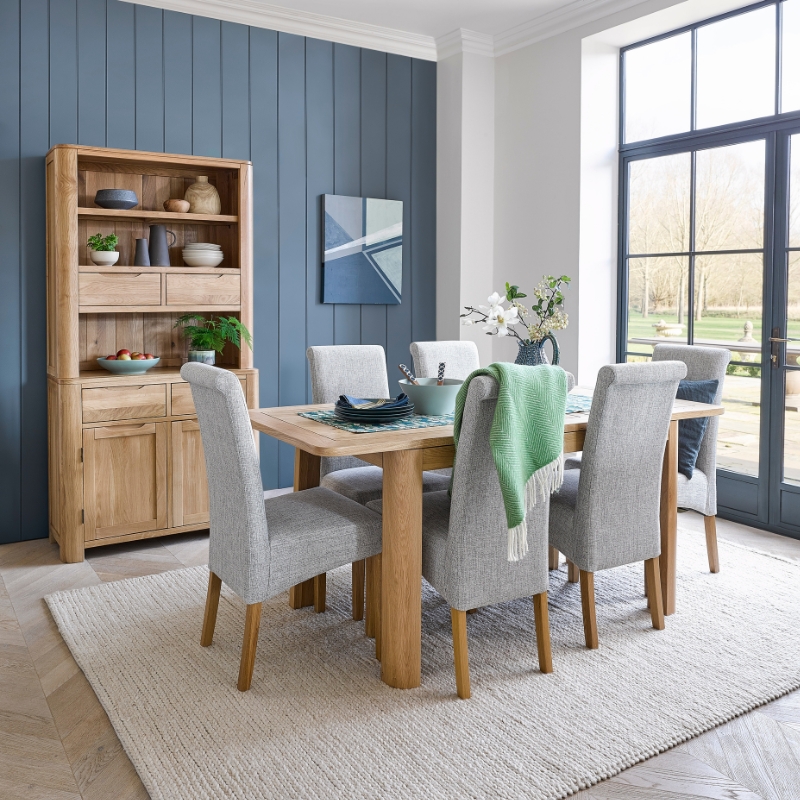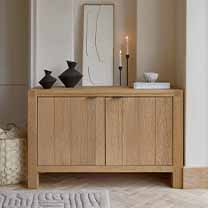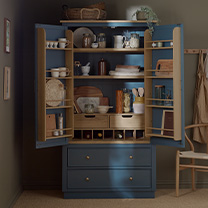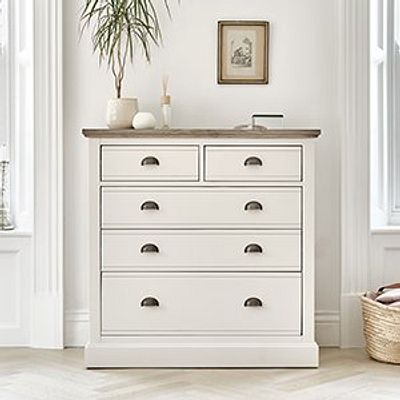- New In
-
Dining
-
Dining Table Sets
 Dining Set Builder
Dining Set Builder
 Dining Table and Chairs
Dining Table and Chairs
 Dining Table and 4 Chairs
Dining Table and 4 Chairs
 Dining Table and 6 Chairs
Dining Table and 6 Chairs
 Dining Table and 8 Chairs
Dining Table and 8 Chairs
 Dining Table and 10 Chairs
Dining Table and 10 Chairs
 Dining Table with Benches
Dining Table with Benches
 Round Dining Table and Chairs
Round Dining Table and Chairs
 Ceramic Dining Table and Chairs
Ceramic Dining Table and Chairs
 Painted Dining Table and Chairs
View All
Dining Tables
Painted Dining Table and Chairs
View All
Dining Tables Extendable Dining Tables
Extendable Dining Tables
 4 Seater Dining Tables
4 Seater Dining Tables
 6 Seater Dining Tables
6 Seater Dining Tables
 8 Seater Dining Tables
8 Seater Dining Tables
 10 Seater Dining Tables
10 Seater Dining Tables
 Ceramic Dining Tables
Ceramic Dining Tables
 Round Dining Tables
View All
Dining Room Furniture
Round Dining Tables
View All
Dining Room Furniture Sideboards
Sideboards
 Dressers
Dressers
 Larders
Larders
 Display Cabinets
Display Cabinets
 Painted Dining Room Furniture
Painted Dining Room Furniture
 Console Tables
Console Tables
 Side Tables
Side Tables
 Home Accessories
Home Accessories
 Furniture Wax and Care Kits
View All
Furniture Wax and Care Kits
View All
-
- Living
- Sofas
-
Bedroom
-
Bedroom Furniture
 Bedside Tables
Bedside Tables
 Blanket Boxes
Blanket Boxes
 Chest of Drawers
Chest of Drawers
 Desks
Desks
 Dressing Tables
Dressing Tables
 Tallboys
Tallboys
 Wardrobes
View All
Mattresses
Wardrobes
View All
Mattresses All Mattresses
All Mattresses
 Single Mattresses
Single Mattresses
 Double Mattresses
Double Mattresses
 King-Size Mattresses
King-Size Mattresses
 Super King-Size Mattresses
Super King-Size Mattresses
 Pillows
Pillows
 Harrison Spinks Mattresses
Harrison Spinks Mattresses
 OFL Mattresses
OFL Mattresses
 Relyon Mattresses
Relyon Mattresses
 Sealy Mattresses
View All
Sealy Mattresses
View All
-
-
Ranges
-
Accessories
-
Offers
- Clearance
Different ways to use a sideboard
Inspiration Station - Style and Storage

There’s good reason why sideboards are so popular: chiefly, they are a versatile piece of furniture that can be used in a number of different ways. Whether you pick yours for its style qualities or its functionality, it is a piece of furniture which can transform a room and put an end to little quibbles and frustrations that you might have in terms of functional space, storage, or dividing different social spaces. There are plenty of ways you can use your sideboard - and we’re here to show you all the inspiring options by answering your burning questions!
Can you use a sideboard as a TV stand?
You may be looking for living room storage ideas and stumbled across the sideboard. Customers often opt for a sideboard instead of a TV unit as they are often more of a style statement, offering longer, cleaner lines and more surface area to play with. They also come with a lot more space, which is particularly useful if you have lots of DVDs or games consoles and their accompanying apparatus to tidy away.
As with any TV unit you would purchase, be sure to measure your sideboard to make sure that the screen fits on top of it without wobbling or taking up too much room and sits at an appropriate height for comfortable viewing - you don’t want to have to crane your neck up or down.

Image credit @miss_mustard_design
Of course, you may want both in your living room to maximise your storage potential. Throughout our ranges, you’ll find many matching TV units and sideboards to choose from, helping you create a smart, cohesive look in your chill out space.
Read on for inspiration on how to use sideboards around the home.
Can I put a sideboard in front of a window?
A good way to add a bit of character to a landing or to use space by a bay window in a living room is to place a sideboard under the window. It is important, however, that you arrange the sideboard so it doesn’t block out any light. Measure the height from the bottom of the window to the floor and make sure it doesn’t go any higher than this measurement.
By opting for a low-profile unit, light is encouraged to bounce off its surface instead of being shut out by it. To optimise this effect, you’ll want to select a sideboard made out of natural oak or one with a light painted finish.
If you’re looking for more things to consider when buying a sideboard, check out our guide for more.

Image credit @sallyypenk
Does the sideboard have to match the table?
Deciding whether you want the furniture in your dining room - or any room of the home, for that matter - to mix or match is all down to personal preference. There are plenty of different styles of sideboards on offer and they all look great when matched with a dining set from the same range, but you can also achieve a unique and varied look when mixing different finishes and styles across a room.

Image credit @myarundelstory
One popular way that our experts recommend mixing and matching furniture is by looking at the finish of a painted sideboard’s top - this will be either natural or rustic oak - and using this as a basis for the rest of your decor. Having a painted sideboard and a rustic oak dining set, for example, will remain consistent without providing a matchy-matchy look that doesn’t suit all tastes. We would recommend keeping silhouettes and detailing similar as you want running themes that thread throughout all your pieces: in this vein, country cottage style coffee tables won’t go with industrial sideboards - one is soft and rounded, the other boxy and minimalist.
Can you use a sideboard as a dresser?
Just like our dining room dresser, sideboards are equally brilliant feature pieces. If your space favours a horizontal rectangle over a piece of furniture that climbs vertically up the wall, you may want to consider a sideboard instead of a dresser. Sideboards have all the same functionality: they can store pots, pans, cutlery, crockery and any other household essentials.

Image credit @coorie_renovations
Our sideboards can also be transformed into stylish drinks cabinets thanks to their ample cupboard space and smooth surface area - perfect for displaying cool cocktail glasses and giving you room to whip up fruity concoctions for friends.
For a more extensive look at smart storage options, check out our guide to maximising storage potential across your home. Otherwise, start browsing our full range of sideboards today.
More Inspiration

Our TV Ads
Discover our latest TV ads, showcasing our extensive furniture collections, all made with longevity in mind.
Find out more »
Quality you can trust
From hardwood cabinetry to durable upholstery, check out our stylish designs and discover the quality that sets our furniture apart.
Learn more »
Furniture guides
Our helpful Furniture Guides provide you with extra in-depth knowledge on our products, services, and even key interior decorating tips!
Discover more »
Our blog
From inspiring trend-led tips to Q&As with interiors experts, head to our blog to pick up handy style ideas for every room.
Read more »Your #OakFurnitureLand Style
X
Chat online with our team
You can request a callback from our team as an alternative





 Fabric Dining Chairs
Fabric Dining Chairs
 Oak Chairs
Oak Chairs
 Benches and Stools
Benches and Stools
 Painted Dining Chairs
Painted Dining Chairs
 Bookcases
Bookcases
 Coffee Tables
Coffee Tables
 Hallway Furniture & Storage
Hallway Furniture & Storage
 Nest of Tables
Nest of Tables
 Rugs
Rugs
 Shelving Units
Shelving Units
 Shoe Storage
Shoe Storage
 Sofas
Sofas
 Storage Cabinets
Storage Cabinets
 TV Units
TV Units
 Painted Living Room Furniture
Painted Living Room Furniture
 All Sofas
All Sofas
 Corner Sofas
Corner Sofas
 2 Seater Sofas
2 Seater Sofas
 3 Seater Sofas
3 Seater Sofas
 4 Seater Sofas
4 Seater Sofas
 Modular Sofas
Modular Sofas
 Recliner Sofas
Recliner Sofas
 Sofa Beds
Sofa Beds
 Armchairs
Armchairs
 Accent Chairs
Accent Chairs
 Recliner Chairs
Recliner Chairs
 Loveseats
Loveseats
 Footstools
Footstools
 Storage Footstools
Storage Footstools
 All Leather Sofas
All Leather Sofas
 Leather Armchairs
Leather Armchairs
 Leather Sofa Ranges
Leather Sofa Ranges
 Leather Corner Sofas
Leather Corner Sofas
 Leather Recliner Chairs
Leather Recliner Chairs
 Leather Footstools
Leather Footstools
 Fabric Footstools
Fabric Footstools
 Fabric Sofa Ranges
Fabric Sofa Ranges
 Fabric Recliner Chairs
Fabric Recliner Chairs
 Fabric Corner Sofas
Fabric Corner Sofas
 Fabric Recliner Sofas
Fabric Recliner Sofas
 Fabric Armchairs
Fabric Armchairs
 Single Beds
Single Beds
 Double Beds
Double Beds
 King-Size Beds
King-Size Beds
 Super King-Size Beds
Super King-Size Beds
 Wooden Beds
Wooden Beds
 Storage Beds
Storage Beds
 Wingback Beds
Wingback Beds




 Mirrors
Mirrors
 Lamps
Lamps
 Clocks
Clocks
 Wall Art
Wall Art
















